The best products for dipping your toe into connected home security
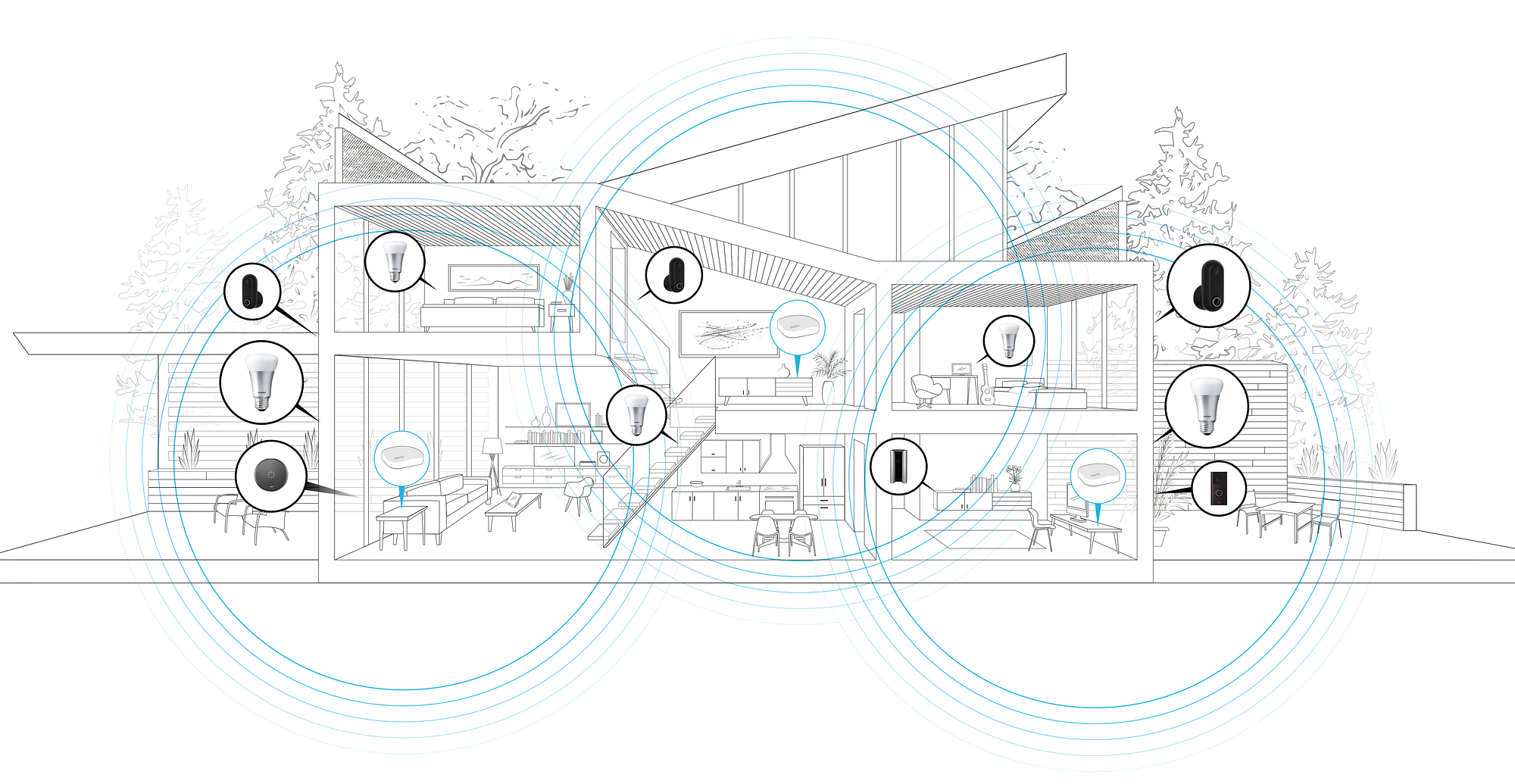
The Internet of Things (IoT) is one of the largest growing consumer industries. In fact, Gartner, a leader in information technology research, estimates 13.5 billion consumer IoT devices will be online by 2020. Virtually all household devices or appliances — doorbells, coffee makers, light bulbs, washing machines — are now connected. And as the market expands, some studies predict households will have over 500 connected devices by the year 2022
Home security is the “gateway” to the connected home
Everyone knows the importance of keeping their homes, possessions, and loved ones safe. Unsurprisingly, consumer desire for better home security has been a huge driver of IoT adoption. In another Gartner study, 90% of consumers stated security as the top reason for purchasing smart home technology. In 2016, the smart doorbell category grew 64% and network-connected cameras generated 61% of all U.S. home-automation revenue.
Connected security products — available for purchase online, on shelves at stores like Best Buy, and from service providers — are more accessible than ever. And in comparison with “old school” security systems requiring custom wiring, professional installation, and costly monthly fees, they’re usually a more affordable option. Plus, mobile app managed systems allow you to remotely monitor and control your home, no matter where you are.
While connected security devices are a great way to dip your toe into the connected home, it’s important to pick the right products to ensure your home stays protected.
Tips for getting started with connected home security
- Look for compatibility with other devices. Various communication protocols are used in smart home technology, so make sure to figure out a device’s integration capabilities before purchasing. If you already have connected home products, choose a device with the same (or compatible) protocols as your current products — the ability to connect all your devices extends their reach and makes them much more useful.
- Figure out the setup process. Determine how difficult it is to set up a product, and choose a device that best suits your budget and your lifestyle. Many newer security devices are plug-and-play, meaning you simply need to download an app, plug in the device, and you’re done. Others need professional installation, which comes at a price.
- Check for the level of security. Pay attention to security specifications on devices — products that perform regular updates are much more secure. Keeping the default configurations on a security device makes it extremely easy for an attacker to access it. Look for devices that allow you to customize your own username and secure password. Bonus points if a product offers two-factor authentication.
- Pick trustworthy companies. Many different products from a variety of companies, both new and established, are coming onto the market every day. Look for products from companies with trustworthy reviews on sites like Amazon. Here are a few of our favorites:
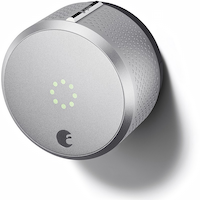
The August Smart Doorlock secures your front door, and notifies you if it locks or unlocks while you’re not home. Plus, use the app to remotely provide guests with access so they can come and go as they please.
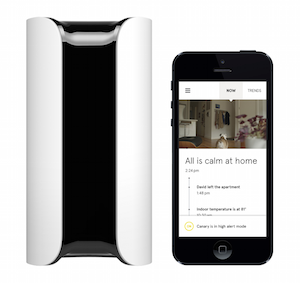
Canary’s All-in-One Home Security allows you to keep tabs while you’re away—receive an alert when activity is detected and sound an alarm if necessary. And the new Canary Flex weatherproof security camera will keep your home protected, rain or shine.
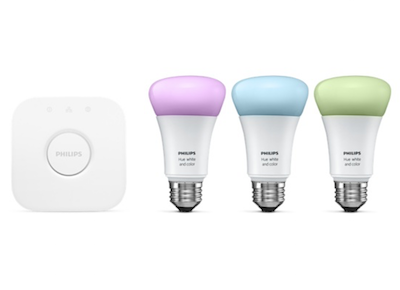
With Philips Hue light bulbs, remotely control your lights to create the perception of being home, even when you’re miles away. An added bonus: the option to change the lighting color to suit any mood or setting.
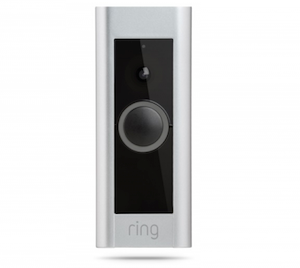
The Ring Video Doorbell Pro, easily links to your home WiFi network and allows you to see or speak to anyone at the door — in HD video. Plus, create custom motion-detection zones in the camera’s field of view to avoid being notified when a creature scurries across your lawn.
Keeping all these devices online is paramount, but expecting to support the technology of tomorrow with the networking of yesteryear isn’t realistic. Spotty coverage at the far corners of your home or signal drops from bandwidth overload puts your security at risk. You need a network you can count on. eero’s mesh technology ensures all your security devices stay connected, keeping you and your home safe.

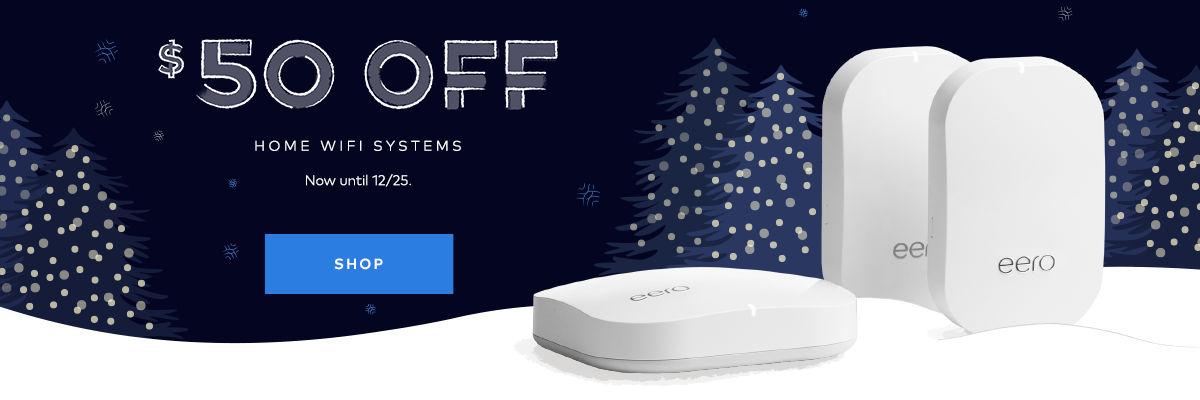
You must be logged in to post a comment.